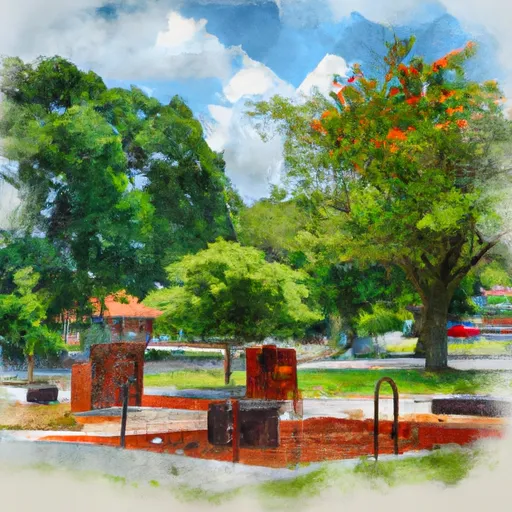Summary
The city experiences a humid subtropical climate, characterized by hot and humid summers, mild winters, and a good amount of rainfall throughout the year. Summers are typically long and hot, with temperatures frequently exceeding 90°F (32°C), while winters are generally mild with temperatures rarely dropping below freezing.
Hydrologically, Jacksonville is blessed with the St. Johns River, which flows through the city and provides ample opportunities for boating, fishing, and water sports. Additionally, the city is dotted with numerous lakes, creeks, and marshes, creating a haven for nature enthusiasts and wildlife lovers. These water bodies are home to various species of fish, birds, and other wildlife.
Outdoor recreation enthusiasts will find plenty of activities to enjoy in Jacksonville. The city boasts numerous parks, nature preserves, and trails for hiking, biking, and picnicking. Jacksonville Beach, located just east of the city, offers sandy shores, perfect for swimming, sunbathing, and beach sports. The nearby Atlantic Ocean also provides opportunities for surfing, paddleboarding, and fishing.
In summary, Jacksonville's climate offers warm summers, mild winters, and ample rainfall. With its picturesque water bodies and diverse outdoor recreation opportunities, the city is a paradise for nature lovers and adventure seekers alike.
Weather Forecast
Jacksonville receives approximately 1276mm of rain per year, with humidity levels near 88% and air temperatures averaging around 21°C. Jacksonville has a plant hardyness factor of 9, meaning plants and agriculture in this region tend to thrive here all year round.

 Hemming Plaza
Hemming Plaza
 A Philip Randolph Heritage Park
A Philip Randolph Heritage Park
 Henry J. Klutho Park
Henry J. Klutho Park
 Flossie Brunson Eastside Park
Flossie Brunson Eastside Park
 Treaty Oak at Jesse Ball DuPont Park
Treaty Oak at Jesse Ball DuPont Park